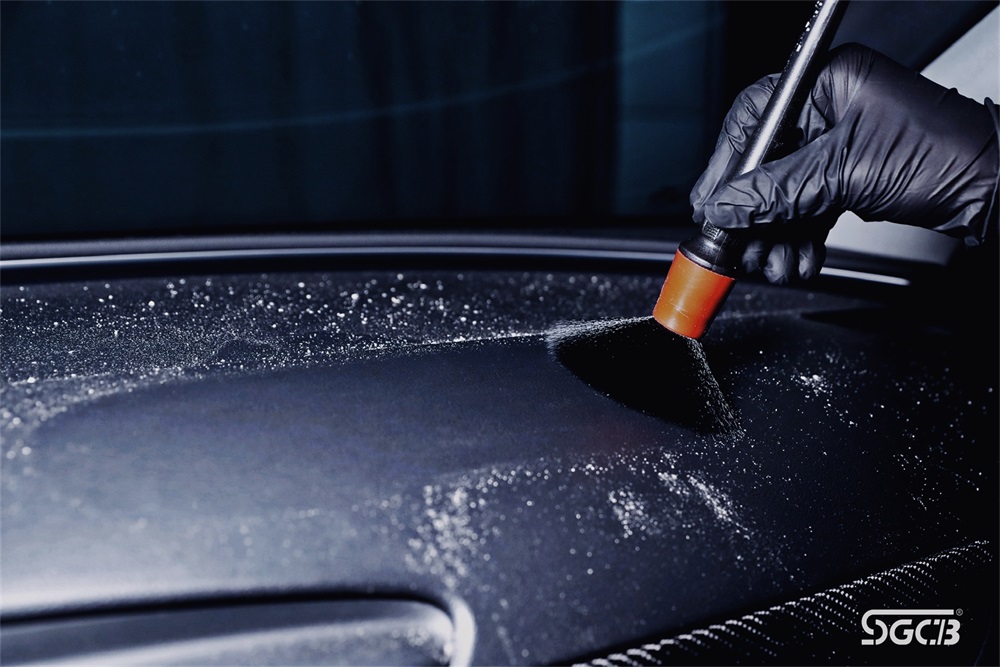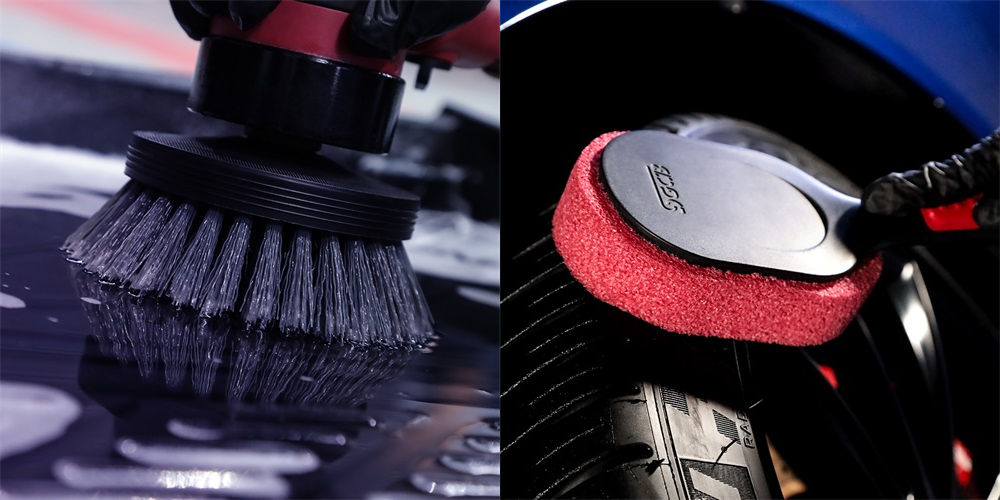In the cell culture world, the reputation of neurons does not seem to be good. Due to the cumbersome separation process and harsh culture conditions, neurons are considered to be one of the most difficult cells to culture. Of course, this is not too much of it. However, with the advent of frozen cells and ready-made reagents, the culture of neurons is no longer "difficult to get to the sky", and even if it is not an expert, it can explore the emerging field of nerve cell culture.
Where do they come from?
According to Navjot Kaur, a cell biology scientist at Thermo Fisher Scientific, there are three main sources of neurons used in the study. In the past, neurons were generally isolated from the brain or spinal cord of rodents. Recently, suppliers have also begun to provide frozen neurons, and researchers can also obtain neuron-like cells from pluripotent stem cells.
Two factors that people need to consider are the source of the cells and the type of experiment they will use. For biochemical studies that require large numbers of cells, it seems attractive to obtain neurons from the largest part of the rodent brain, the cortex. “However, if you are looking for more modeled growth behavior, or if you need a defined group, then you have to start thinking about how to isolate a particular area, there may be many cell types,†Mayo Clinic Neurosurgery Associate Professor John Henley said.
For example, Henley said that some researchers use retinal ganglion cells, but his lab usually focuses on hippocampus, which is important for learning and memory. They first dissect the hippocampus. This structure is easily found in the brain, then dissociates the neurons and cultures them.
According to Henley, a reliable way to separate nerve tissue is through different sizes of cell screens, but this inevitably leads to a large number of cell deaths and debris. A more common and easy method is to heat the tissue in the presence of the enzyme. Some suppliers offer this kit, including Pierce. However, enzymes may also cause some damage, such as cutting off surface receptors that are important for adhesion or recognition of growth factors. “So it’s important to lay them and train them for a while before doing the experiment,†says Henley.
Rodent neurons are usually collected at the stage of late embryos, at which point their fate has been largely determined. "As neurons develop, they grow more branches and begin to fuse with each other," so it's getting harder to separate cells without destroying cells. Sam, product manager for neuroscience products at STEMCELL Technologies. Lloyd-Burton said.
More choices
Today, researchers can purchase pre-separated neurons that are fresh (refrigerated) or cryopreserved. The most common are cortical or hippocampal neurons, but companies such as Lonza also provide cryopreserved cells isolated from certain brain regions, such as the cerebellum, striatum, hippocampus, and hypothalamus, as well as dorsal root ganglia.
Lubna Hussain, senior product manager at Lonza, said: "We do QC on them. We have a series of criteria to determine whether they are cortical or hippocampal cells, or striatal cells. These cells are equivalent to freshly isolated neurons." The purchased neurons allow the experiment to be performed on consistent cells, rather than as varied as each time a fresh neuron is isolated.

With three different brushes and a variety of tips, The Detailing Brush Set is the professional's choice for cleaning extremely fine parts inside and outside the car.


Use This Brush To: Flick crumbs, dust, and dirt. Reach between buttons, knobs, and crevices. Reach deep into AC vent finds.
Car Detailing Brush Set,car wash brush near me,detail brush,detailing brush car,interior detail brush,detail wheel brush
SGCB COMPANY LIMITED , https://www.sgcbautocare.com